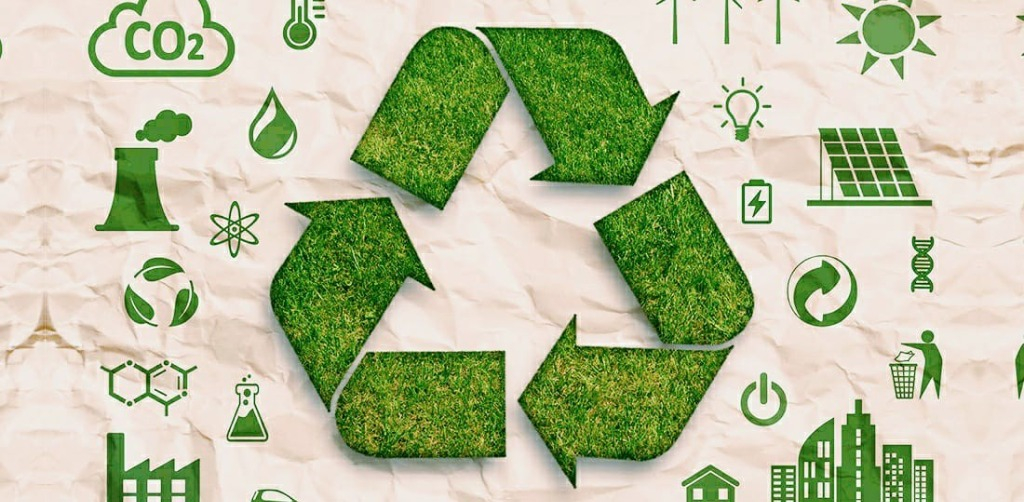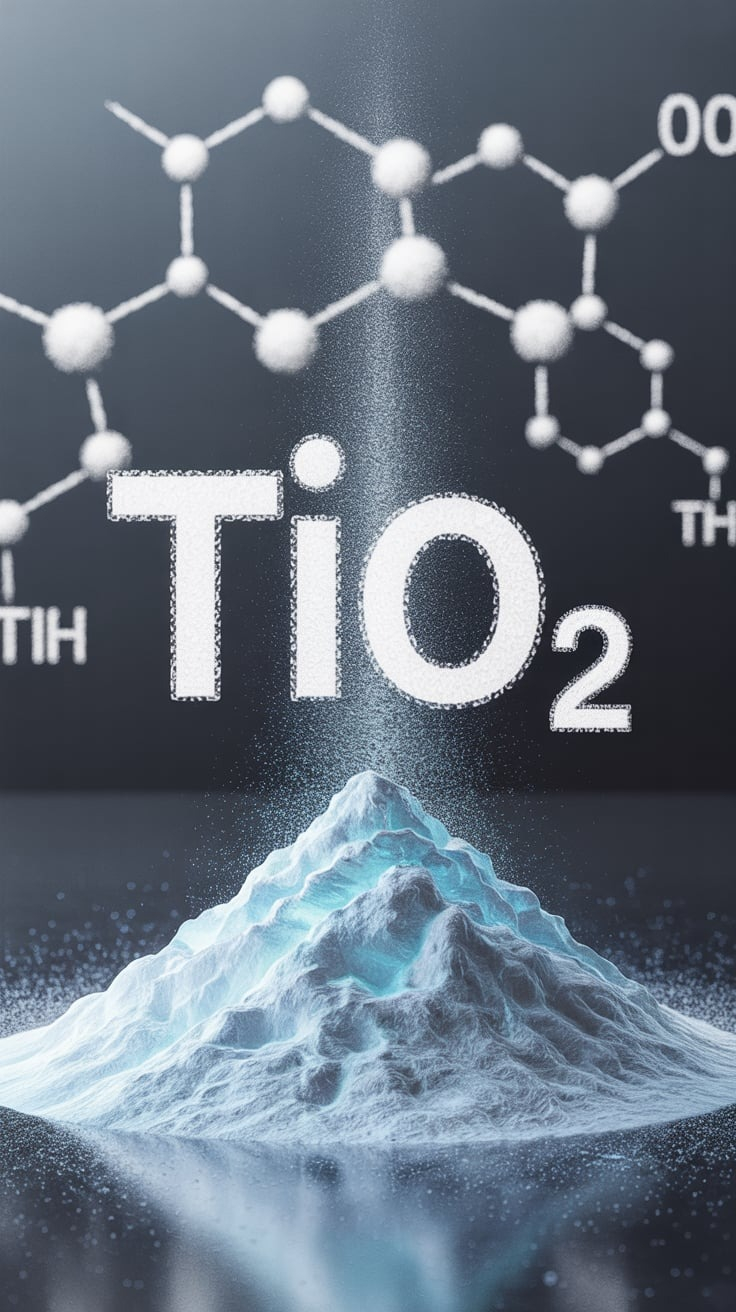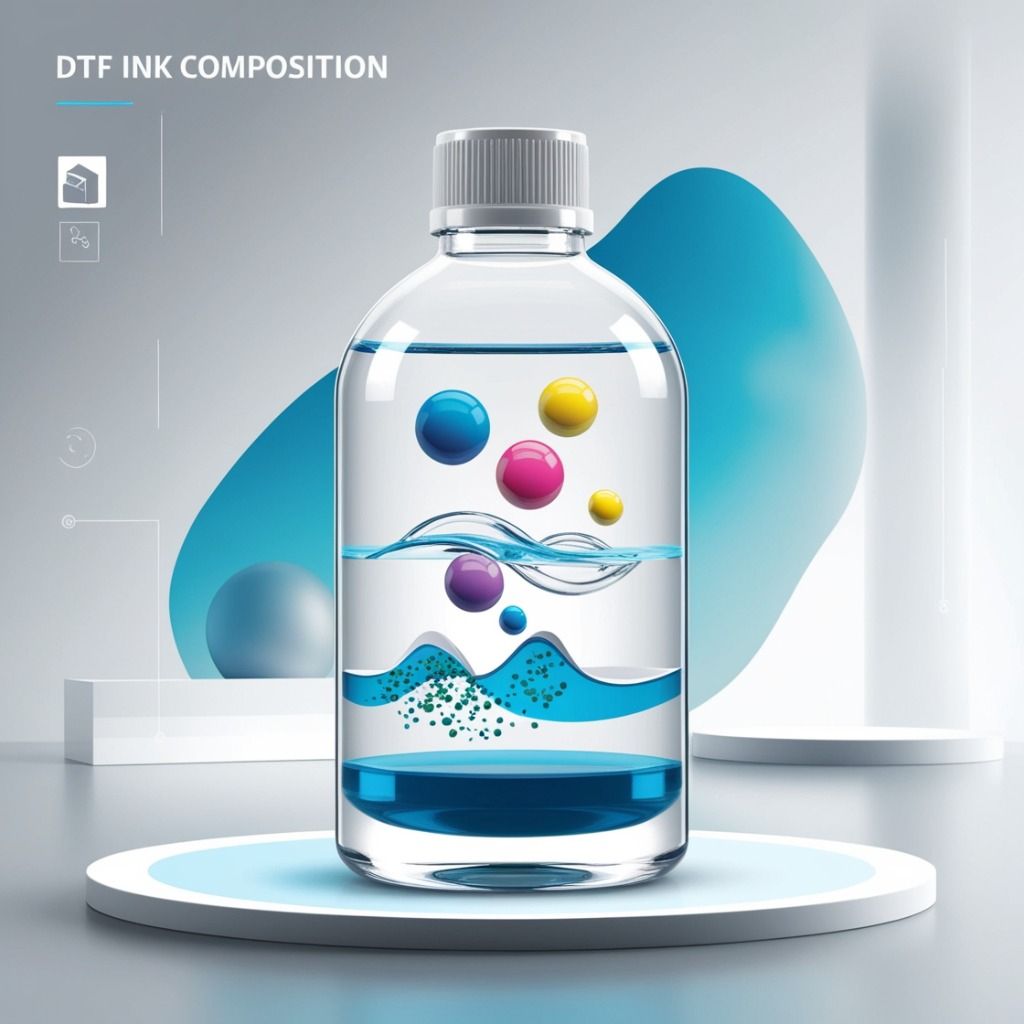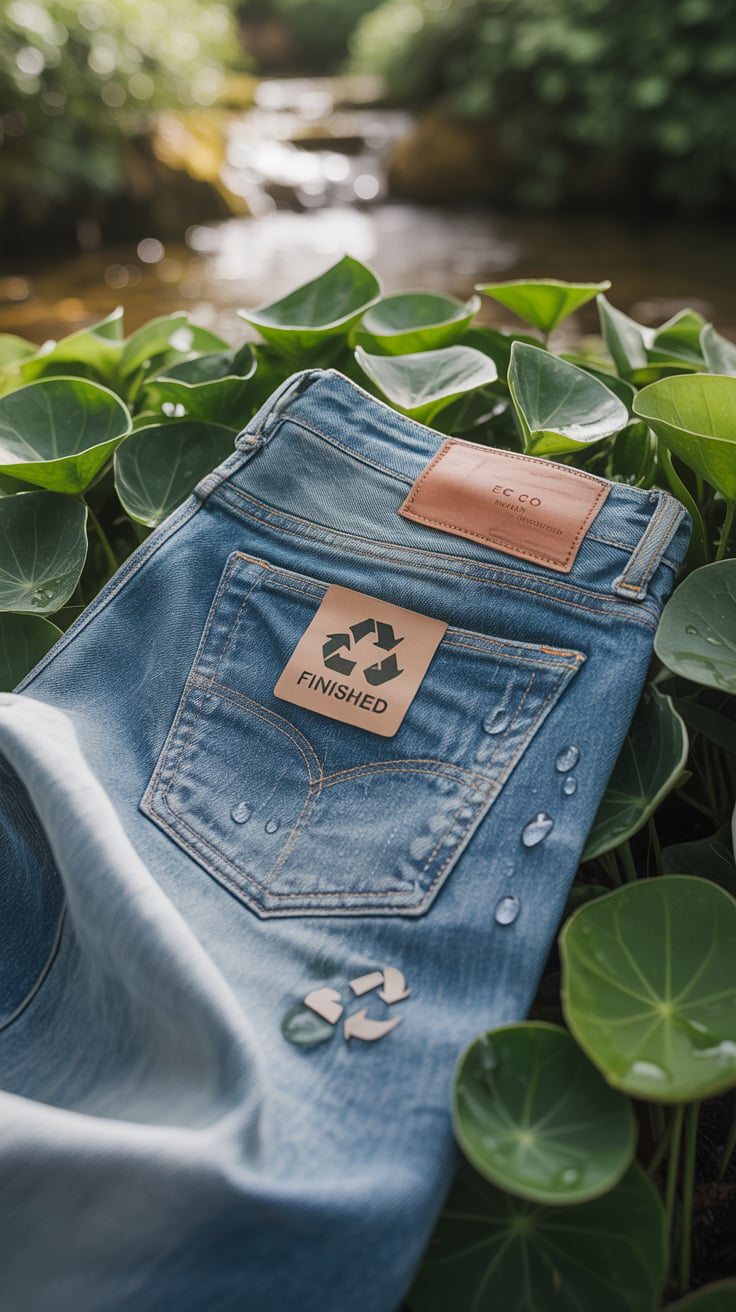
While reading the word 'sustainability'; which is gaining an increasing global popularity, it is natural to wonder what is actually the definition and why it has become so important and widespread. Sustainability, in a border of context, is a multifaceted term that describes the ability of a system to maintain and evolve in such a way that the available sources are not depleted, while simultaneously safegurading the environment and ensouring social well-being. As can easily be understood just from the definition, this term can be applied to any form of human activity.
The textile industry is one of the key pillars of the global economy, but at the same time, it consists a significant source of environmental challenges. It is one of the most polluting sectors worldwide, closely linked to both environmental and social concerns. The need for sustainability is no longer just a trend but an urgent priority to ensure the future of our planet. This article will examine the importance of sustainability both in general sense and more specifically withing three key sectors of the textile industry: laundries, dyestuff houses and printing facilities.
Laundries
Laundries, as you propably already know, do not only focus on cleaning various fabrics, but their primary activities involve proccesses such as dyeing, finishing and creating special effects, all of which require intensive resource consumption. The generated waste, often containing high levels of toxic substances, becomes pollutants that end up in water bodies, threatening biodiversity and the quality of the available water resources.
The issue is mainly driven by the traditional techniques used in fabric processing within laundries, which require vast amounts of water as well as high temperatures, contributing significantly to the increase in environmental impact.
Solutions ( by the aspect to reduce environmental burden, while simultaneously saving cost for bussinesses) include:
- implementation of water recycling technologies within facilities, such as closed-loop washing systems
- use of enzyme products to reduce temperature requirements in various processes
- adoption of dry dyeing methods, use eco-friendly chemicals and techniques like using laser for special effects instead of declorizing chemicals
Dyestuff houses
The dyeing process carried out in these facilities (as the name suggests) js one of the most polluting phases of the production in th textile industry. Dyeing factories use enormous amounts of water, chemicals (most often toxic) and energy, resulting in the contamination of aquatic ecosystems through the discharge of untreated waste. These wastes often contain toxic substances, such as heavy metals and dyes, which affect water quality, destroy biodiversity and pose a threat to human health in general.
Solutions (by the aspect to reduce pollution and ensure the health of both workers and consumers) include the following main strategies:
- use of environmentally friendly dyes, known-as eco-friendly dyes, such as natural ones
- integration of dyeing technologies and techniques that do not require water, such as Dry Dry system which uses carbon dioxide under pressure
- use recycling dyes, reuse water and utilize renewable energy sources
- invest in clean production technologies and waste treatment systems, such as advanced biotechnological filtration
Printing facilities
Printing is a significant and inseparable part of textile industry, as it is where the decoration of fabrics takes place, while also representing a huge source of waste in both energy and row materials.
Challenge: traditional printing systems require large amounts of energy and often lead to an excess of used materials, that ends up as waste.
Solutions (by the aspect to reduce environmental impact and find more flexible and cost-effective production methods) include:
- Replacing conventional printing methods with digital printing, which minimizes the need for energy, water, and raw materials (dyes), while also minimizing waste production
- Use of recyclable/recycled raw materials to ensure zero waste, such as biodegradable materials
- Adopting on-demand production to avoid overproduction
The generation of the need of sustainability
Having provided a brief analysis of the link between sustainability and the key sectors of the textile industry, it becomes clear that sustainability is not just a matter of responsibility, but also an opportunity for innovation and competitive advantage. Modern market trends demand transparency and environmental sensitivity, making sustainability a priority for every business, regardless of its size. The various benefits that will inevitably arise can be summarized around the following key pillars:
•Environmental Dimension:
o Reduced use of natural resources
o Minimization of uncontrolled pollution from the use of questionable chemicals
o Promotion of recycled or organic materials (e.g., cotton)
o Circular economy: recycling and reuse of materials
• Economic Dimension:
o Adoption of sustainable business practices to ensure long-term profitability
o Investment in innovative and green technologies
o Transparency in production and distribution processes
• Social Dimension:
o Improvement of working conditions across the entire supply chain
o Fighting child labor and exploitation
o Promotion of fair wages for the workforce
The transition to sustainability (from today’s stage, which is still far from it) can overall be seen as a challenging process; however, the solutions being developed daily make it not only feasible but also necessary. With the right strategies, the textile industry has all the conditions to become an excellent example of the harmonious coexistence of innovative development and high environmental responsibility.
The Role of the European Union
The EU has adopted strategies for sustainability and circularity in the textile industry, thus recognizing the existing need to address the increased production of waste as well as the environmental impacts of the production processes across the sector. Below are some key points from the EU’s policy and some statistics:
1.Extended Producer Responsibility (EPR)
EU promotes the establishment of harmonized rules for Extended Producer Responsibility (EPR) across all member states starting in 2025. Through this mechanism, the objectives are as follows:
• Covering the costs of waste management by the businesses themselves, thus encouraging eco-design and generally reducing waste
• Adjusting contributions according to the environmental performance of each business's products, through the principle of ‘eco-modulation’
2.Textile Waste
EU generates about 12.6 million tons of textile waste annually, of which only about 22% is recycled or reused, with the rest inevitably ending up either in the environment or, at best, in landfills.
3.Addressing Illegal Waste Exports
Existing legislation strengthens control over exports, ensuring that materials exported for reuse meet all necessary environmental criteria. The main goal of this approach is to prevent the shipment of waste to countries that do not have the capacity for safe waste management.
4.Continuous Consumer Education and Awareness
EU periodically launches campaigns (the most well-known being ‘Reset The Trend’) aimed at raising awareness about sustainable fashion. These initiatives promote changes in consumer patterns, discouraging ‘fast fashion,’ which is one of the main issues in the broader sustainability challenge within the textile industry.
*The above diagram shows, for every country-part of EU, the percentage in waste collection and management.





